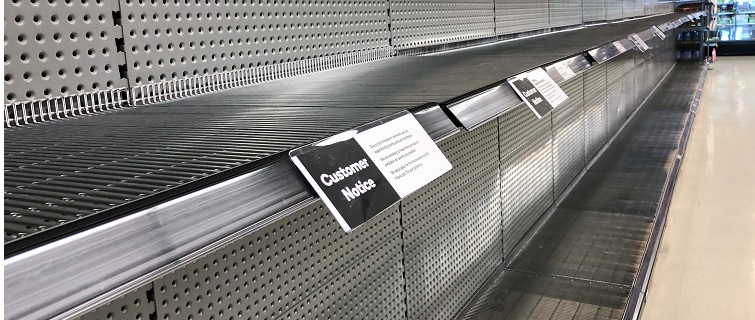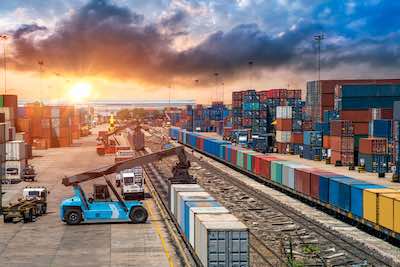
News about the novel coronavirus and the disease it causes, COVID-19, is coming at us fast and furious like a torrential downpour. During such challenging times, hard-learned lessons abound. The tragic loss of life reminds us about the fragility of the future. The rapid spread of the virus to more than 130 countries reminds us of how interconnected we really are. The corporate profit warnings due to lack of components reminds us of the complexity of managing global, extended supply chains. In fact, according to the World Trade Organization website, the USA experienced merchandise import growth from 2013 to 2018 in the double digits for many product categories, with integrated circuits and electronic components and pharmaceuticals up 46 percent and 78 percent respectively over that time. Clearly, we are no longer managing “supply chains,” but global “supply webs.”
Customer Behavior: The Brain’s Response
Unfortunately, when a person enters a fearful mode such as the coronavirus situation can produce, their amygdala—which is the part of the brain that governs emotions—takes over and essentially drowns out messaging from their prefrontal cortex—the part of the brain which governs executive functioning. Daniel Goleman, who wrote the book “Emotional Intelligence,” is credited with summing up this phenomenon as an “amygdala hijack.” So, taking that neuroscience concept into the realm of supply chains, we can contemplate that a supply chain professional struggling with a major disruption might not be thinking as resourcefully or as clearly about all the options. This challenging mental state is a less discussed but still very important reason for drawing up contingency plans well ahead of when they are needed.
Contingency Plans Before—Not After
While risk management is a fundamental concept in supply chain management, many companies are acknowledging their lack of formal contingency plans. And for those who have contingency plans, they are finding that they only scratch the surface of many underlying challenges in supply chain resilience. While a company’s contingency plan might encompass measures such as dual sourcing, geographic diversity, backup sites, redundancies, emergency in-house production capabilities, or contingent contracts to mitigate supply or production disruptions, those same planning efforts can exclude other areas. A resilient supply chain must be able to address challenges such as massive oversupply or undersupply from demand disruptions, the acceleration of recovery steps to ramp back up, workforce reductions and/or shortages, forecasting in a disrupted state, and plans to address gaps in the strength of key suppliers’ (tier 1, 2, and 3) contingency plans, amongst other areas.
While COVID-19 is already in full-force, this begs the question of how in the future, companies can focus on building more resilient supply webs. Below are a few actions to consider:
- Execute regular, cross-functional risk planning sessions
- Utilize a formal risk prioritization methodology
- Model and quantify key risks and the costs to address those risks
- Ensure the head of supply chain has a voice in strategic planning and major initiatives
Undoubtedly, the supply chain lessons from COVID-19 and the new reality of supply webs will be written about in case studies for the next decade. The hope is that we will have been good students.

